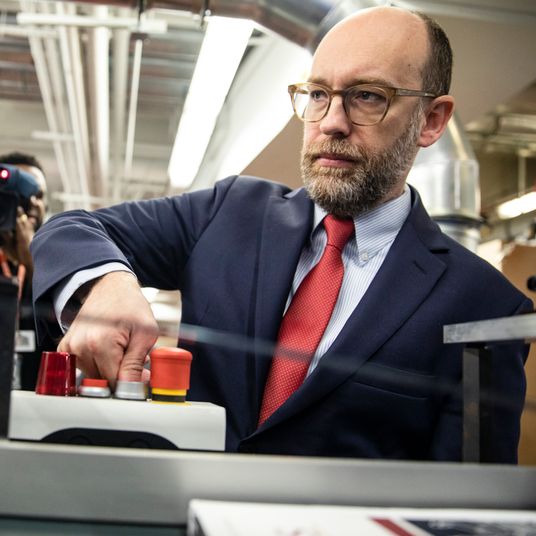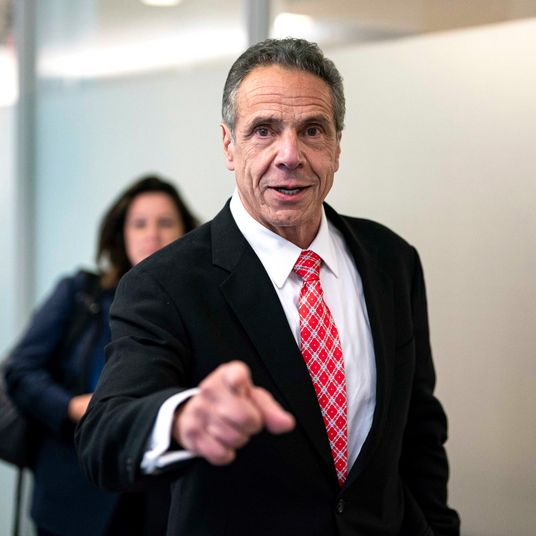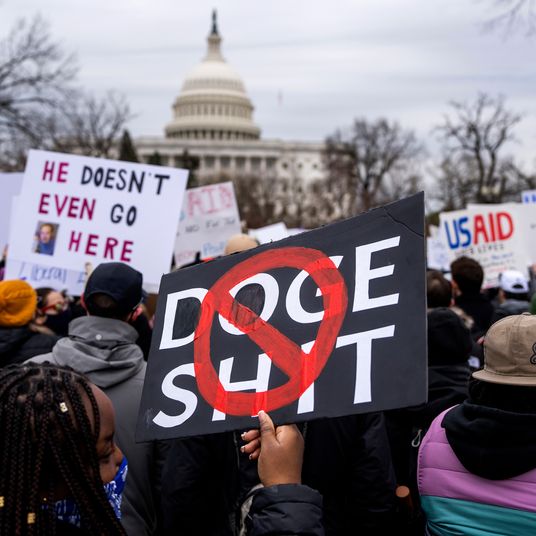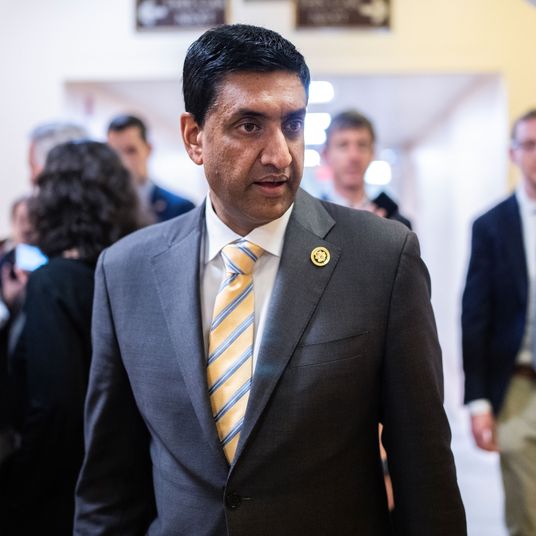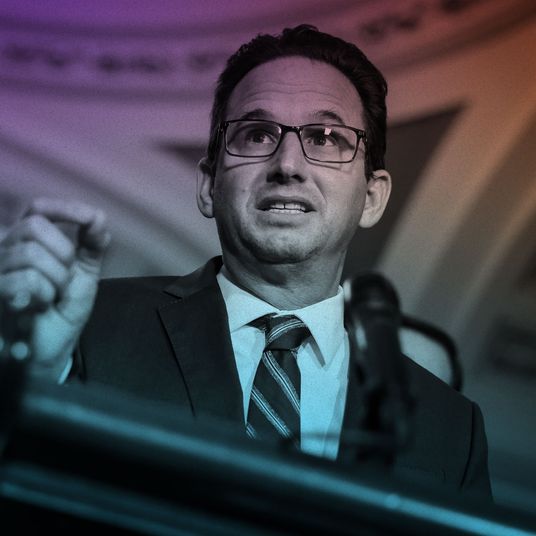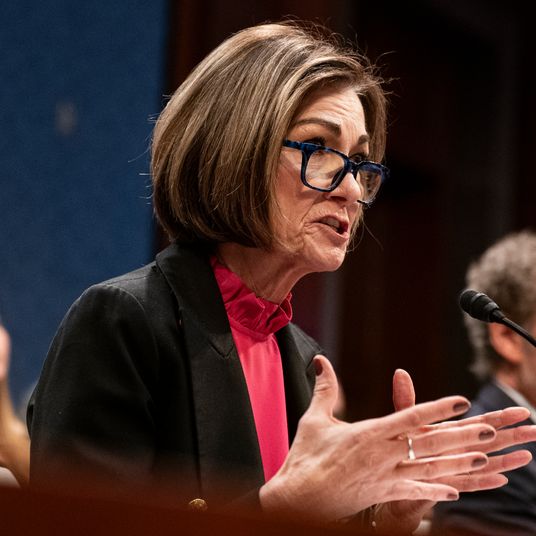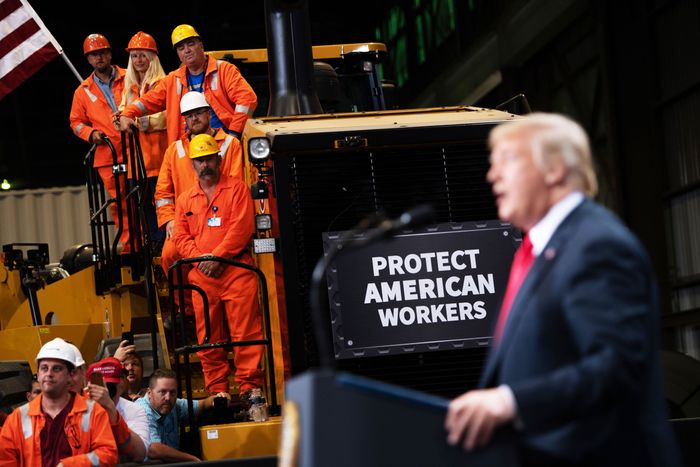
Two hours. That’s how long it took first responders working to free Jill Greninger’s body from a meat grinder. It’s a story marked beginning to end by hideous details. Greninger’s co-workers at the Pennsdale, Pennsylvania, plant discovered her accident after they heard “strange noises” coming from the grinder, the Associated Press reported on Wednesday. The Lycoming County coroner later told NBC News that Greninger “tragically either fell or was drawn into the machine resulting in her death.” Later, a local news channel reported that Greninger may have been standing on a set of rolling stairs when she fell. The Occupational Safety and Health Administration, which is responsible for enforcing workplace safety standards, will investigate her death, NBC added. The investigation could take up to six months.
Greninger’s death occurs at a desperate moment for OSHA. The federal agency suffers from a severe staffing shortage, which undermines its ability to carry out safety inspections. A new report from the National Council for Occupational Safety and Health, released the day after Greninger’s death, says that OSHA now has only 875 health and safety inspectors to cover the 9 million workplaces in its jurisdiction. (OSHA is not responsible for all workplaces. Churches, for example, are exempt from its oversight.) If OSHA’s inspectors chose to visit every workplace in their jurisdiction, the task would take them 158 years to complete, COSH continues. Even when OSHA does investigate a death and finds an employer negligent, the median fine is only $7,500. The median American burial, meanwhile, costs $8,755.
A toothless OSHA can be dangerous for workers, COSH argued. Latinx, immigrant, and contract workers are experiencing especially sharp increases in workplace deaths. The organization also singled out a dozen employers for incidents of workplace negligence in 2018. Greninger’s employer, Economy Locker and Storage, doesn’t appear on COSH’s “Dirty Dozen” list, and it might never; there’s much we still don’t know about her death or the conditions in which she worked. But her death does resemble some of the incidents highlighted in COSH’s report. At a Genan Inc. plant, 26-year-old Byron Jones got pulled into a tire shredder and killed. Jason Holmes died in a trench collapse at worksite managed by Tooma Enterprises Inc. A 2018 news report about Holmes’s death said the construction worker lay buried for hours before first responders could recover him. He smothered to death, in other words; according to COSH, his employer had not placed protective shoring or a trench box on-site. Two tech companies made the list, too. Six workers died in “U.S. Amazon facilities or operations” in 2018, COSH said; thirteen have died since 2013. (In a statement emailed to New York on Thursday, Amazon said the COSH report “should be taken with a giant of grain salt” and added that COSH “is NOT a government entity, it is NOT a group of regulators, and it does NOT have any official understanding of the workings of an Amazon fulfillment center.”) COSH also cited Facebook for failing to provide appropriate support to its content moderators, who are exposed to violent imagery on a daily basis.
COSH’s findings affirm earlier reports about OSHA’s weakened status. Though OSHA has arguably never had the staffing resources it requires to carry out its stated purpose, it began to shrink after President Trump took office. The president disbanded five federal advisory boards that recommend new safety standards to OSHA, ProPublica and the Sante Fe New Mexican reported in 2018. Earlier this year, the National Employment Law Center reported that OSHA’s safety-enforcement activity has declined and the number of inspectors it employs has decreased since 2016. The agency’s staffing shortage appears to be self-inflicted. Like the Veterans Affairs Administration, which reported nearly 49,000 outstanding vacancies in February, OSHA has simply failed to replace workers when they leave the agency. OSHA did not fill a single vacancy in 2017, NELP noted, and now employs “the lowest number of inspectors in its history.”
Nationwide, workplace deaths slightly decreased from 2017 to 2018 — but they’ve increased by 11 percent since 2012. And in workplaces under OSHA’s jurisdiction, fatalities may be on the rise. As the agency’s enforcement activity trends downward, the number of investigations it carries out in response to workplace fatalities or catastrophic accidents that involve three or more workers increased from 837 in 2017 to 921 in 2018 — the steepest such increase in a decade, according to NELP. With fewer resources to spare, OSHA is in a poor position to address Jill Geninger’s death and prevent deaths like hers in the future.
This article has been updated to clarify the employment status of workers who died in Amazon facilities and to include comment from Amazon.






